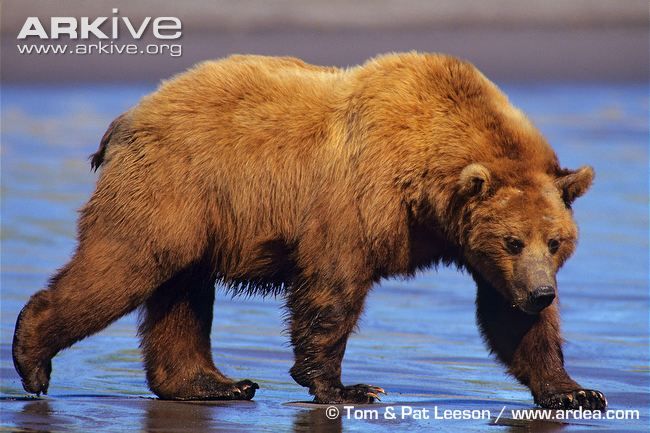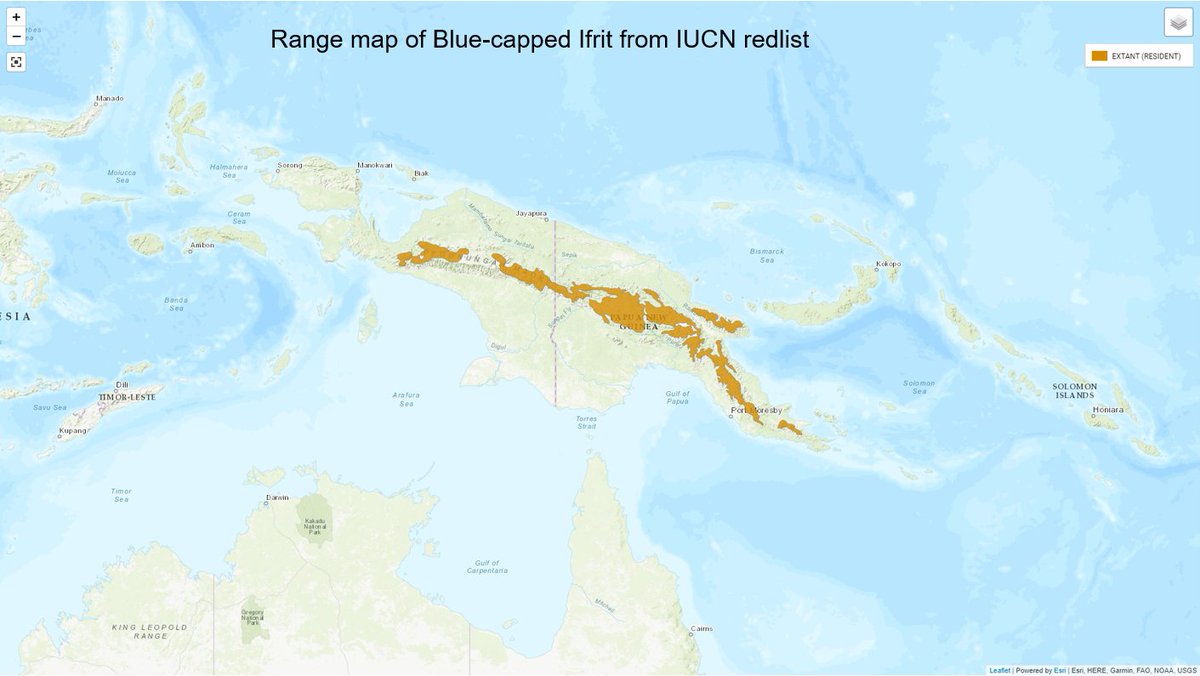
LAST UP: #1 seed GRIZZLY BEAR (Ursus arctos) vs. #6 seed WAPITI ELK (Cervus canadensis) from the Wild North America Division!! #EliteTrait #2022MMM 



Tonight's battle comes to you from the hive mind of @TCastanea, @je_light, @Mammals_Suck & @PKurnath #TagTeamBackAgain #2022MMM
@TCastanea @je_light @Mammals_Suck Nowadays, Grizzly Bears are found at higher latitudes in North America, Asia & Europe, in habitats that range from forests to coast lines (Pasitschniak-Arts 1993 tinyurl.com/5n6kc93e) #2022MMM 

As we now know, Grizzlies are opportunistic omnivores who are often at the top of the food chain - in fact, besides us hominins, Grizzlies have no natural enemies (Pasitschniak-Arts 1993) #2022MMM
Grizzly home range size is totally dependent on food availability, which means human encroachment on Bear habitat leads to Grizzlies visiting town dumps & even sampling domesticated livestock (Pasitschniak-Arts 1993) #NomNomNom #2022MMM
Wapiti Elk have a similar geographic range to Grizzly Bears, preferring forested habitats that they previously visited (Wolf et al. 2009 tinyurl.com/mrxzndb6) #2022MMM
As ruminating herbivores & primary consumers, Elk can greatly impact plant communities while also being an important food source to secondary & tertiary consumers animaldiversity.org/accounts/Cervu… #EcologyBuzzWords #2022MMM
BTW, have you ever smelled Elk? Like, really smelled them? They have a distinctive musky, odor. We recommend sampling a whiff if you can #2022MMM [gif is The Rock Smelling What He's Cooking]
Tonight's randomly selected battle location is ...... the KELP FOREST!!! #2022MMM 

Kelp forests, so named for the kelp or algae that comprise them, are found in temperate & polar waters along coastlines & represent some of the most bio-productive ecosystems on the planet (Steneck et al. 2002 tinyurl.com/4v6zb4ab) #2022MM
However, the most recent @IPCC_CH report states that kelp are undergoing mass mortalities from high temperature extremes because they are stationary & cannot adapt quick enough to deal with the rapidly increasing temperature of the Earth ipcc.ch #2022MMM
Our battle is in @TongassNF Chichagof Island (Shee Kaax in Tlingit language, who are the 'People of the Tides'). Chichagof Island has the highest Grizzly Bear densities globally & Elk were transplanted to SE Alaska #2022MMM 

An extremely low tide exposes the normally submerged kelp forest. Small gas-filled bulbs called 'pneumocysts' that buoy the forest towards the water's surface go POP, POP, POP as Grizzly Bear is transported to Chichagof Island #2022MMM
Grizzly Bear walks the edge of the water as he gets his bearings, pawing through the kelp & dislodging tube worms. Grizzly suddenly catches the distinctive whiff of deliciousness... ELK! Wapiti Elk has been transported just upwind of Grizzly Bear #2022MMM 

Unlike his cousin Black Bear, Grizzly WILL attack full-grown Elk, especially isolated individuals (Cole 1972, jstor.org/stable/3799088…). Jaguar was a bit too, um, splattered to provide Grizzly with a decent meal, so the bear is ready for a big snack #2022MMM
Elk spots Grizzly & stares at him in shock: new environment, all alone, & novel predator. No Grizzly roam the Great Smokey Mountains & isolated Elk are often easy prey. ELK BOLTS! #2022MMM 

Elk can rely on their speed to out-run predators, up to 45 miles to hour (faster than a horse wideopenspaces.com/facts-about-el…!). Grizzly sprints off after Elk with a sudden burst of speed (French & French 1990; jstor.org/stable/3872937…) #2022MMM
Elk & Grizzly are RUNNING AT FULL SPEED along the edge of the surf! Grizzly lunge-grabs at Elk's haunches, but Elk turns sharply into the water to evade the attack. Elk will enter the water as a last resort to escape from Grizzlies (Cole 1972) #2022MMM
Grizzly rushes into the shallow water after Elk! Grizzlies are fast sprinters; but like many predators, their speed does not guarantee success (Cole 1972). In the Kelp Forest, Grizzly's wide paws = friction & traction. Grizzly is gaining ground! #2022MMM 

Elk cuts right around a barnacle-laden rock & Grizzly cuts left. Bear heads-off Elk & traps Elk against the rock. The tide is coming in & Elk has nowhere to go! #2022MMM
Without prominent antlers (#FuzzyNubbins), Elk has no good means to dissuade this aggressive predator (Metz et al. 2018; nature.com/articles/s4155…). Elk rears up on his hind legs as Grizzly rushes forward, jaws wide... #2022MMM
Grizzly clamps onto the throat of Elk CRUNCHING DOWN with massive force! #2022MMM
Elk flails his forelimbs & makes contact! CRACK!!! Elk's hoof smashes into Grizzly Bear's face, bashing in his right eye #2022MMM
Grizzly Bear's bite remains tight as the Elk breathes his last breath. Grizzly drags Elk to shore, rolls him over onto his side & rips open his abdomen (Cole 1972) #WinnerWinnerElkDinner #2022MMM 

Blood from Grizzly's eye injury drips onto the carcass of the Elk as the bear digs into his hard-earned feast #2022MMM
GRIZZLY BEAR DEVOURS ELK!!!! #2022MMM
• • •
Missing some Tweet in this thread? You can try to
force a refresh

















